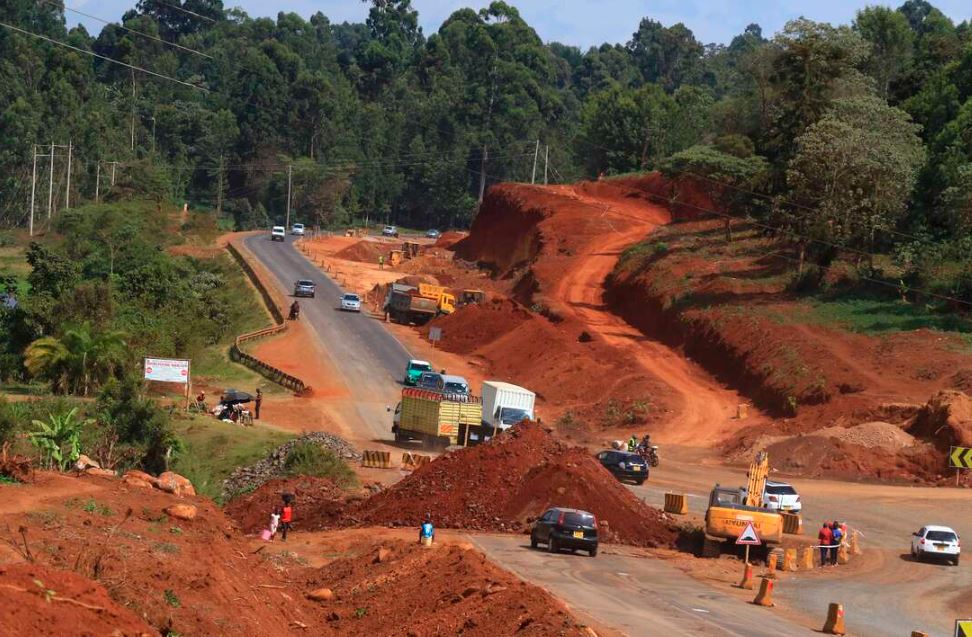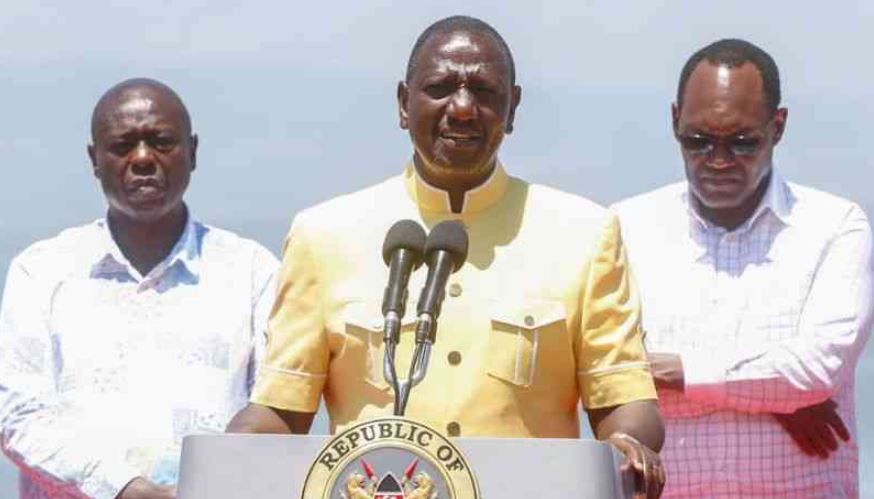 Kenya is facing a significant challenge in completing over 4,500 public projects, with an anticipated cost exceeding Sh4 trillion to finalize the initiatives already underway or stalled.
Kenya is facing a significant challenge in completing over 4,500 public projects, with an anticipated cost exceeding Sh4 trillion to finalize the initiatives already underway or stalled.
The Treasury is under considerable strain, grappling with limited funds due to the need to service public debt and other pressing expenditures, despite an estimated Sh8.1 trillion pipeline of projects.
The Parliamentary Budget Office (PBO) disclosed that up to June last year, the government had expended Sh3.9 trillion across nine sectors, with an additional Sh4.18 trillion required to complete all projects initiated before June 2023.
The PBO highlighted the enormity of the task, stating, “To successfully complete these ongoing projects, the government estimates a financial requirement that exceeds Sh4.2 trillion.”
The sectors of energy, ICT, and infrastructure have seen the highest expenditure to date, with Sh1.64 trillion already spent.
This is followed by public administration and international relations with Sh1.2 trillion invested in still-incomplete projects. Additionally, the water and agriculture sectors have seen significant investments of Sh347 billion and Sh313 billion, respectively.
With the completion of projects in the energy, ICT, and infrastructure sectors requiring the most resources at Sh1.68 trillion, and the water sector needing Sh901 billion, the financial burden on the government continues to grow.
Other sectors such as public administration and health need Sh723 billion and Sh377 billion, respectively, to complete their projects.
The PBO report notes, “These challenges have resulted in significant outstanding bills, and in some cases, projects stalling and subsequently delaying returns on such investments.”
The fiscal landscape is further complicated by subdued government revenues and increased spending pressures amid slow economic growth and mounting public debt service obligations.
In the six months up to December 2023, the national government’s development spending was merely a quarter of its annual target, at Sh197.4 billion out of a planned Sh738 billion.
The Treasury’s projections for development spending up to June 2027 total Sh3.9 trillion, potentially insufficient against the backdrop of outstanding project costs totaling Sh4.1 trillion.
In response to these challenges, the Treasury emphasizes the importance of Public Investment Management (PIM) regulations to enhance the efficiency and effectiveness of public spending.
The 2024 Budget Policy Statement (BPS) outlines the government’s commitment to prioritizing the completion of existing projects before initiating new ones, aiming to mitigate the risks associated with stalled projects.
“Ministries shall be required to finalize ongoing projects before commencing new projects in order to reduce the government’s exposure on stalled projects,” Treasury stated, underscoring the need for a more disciplined approach to public investment management.








